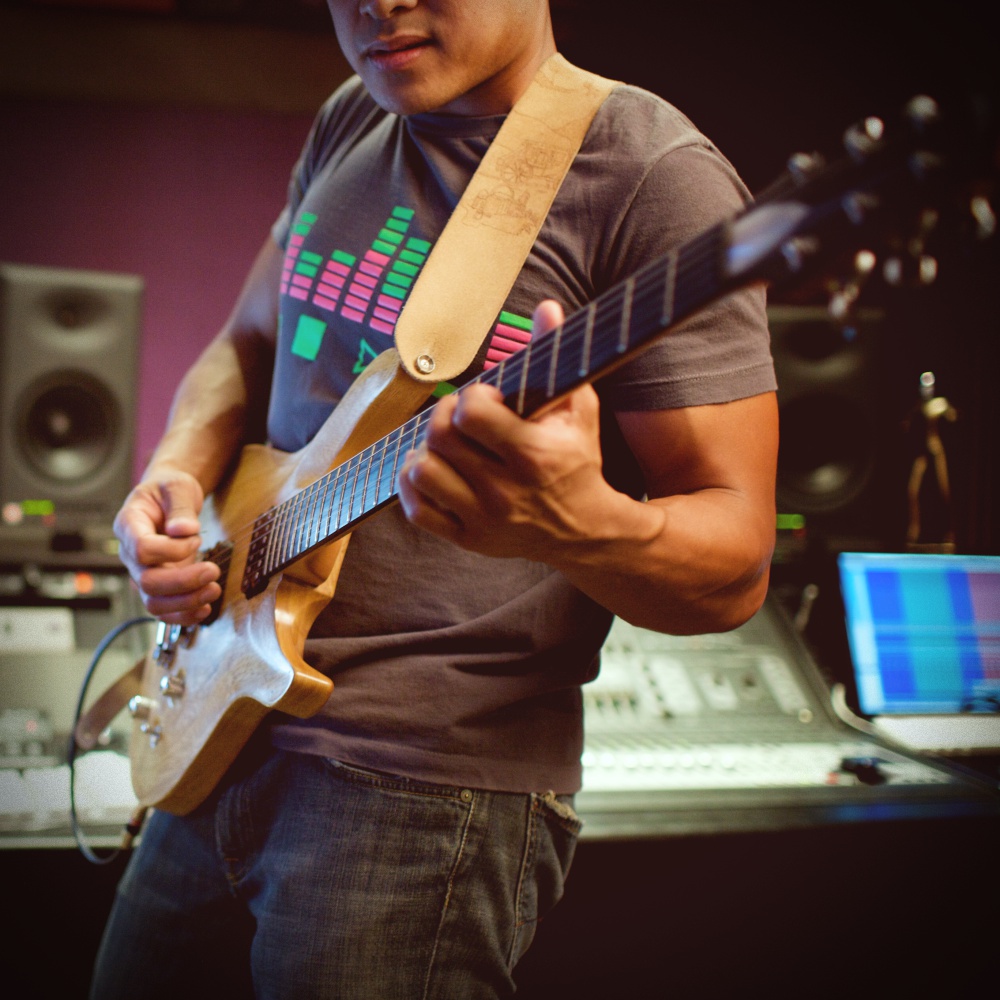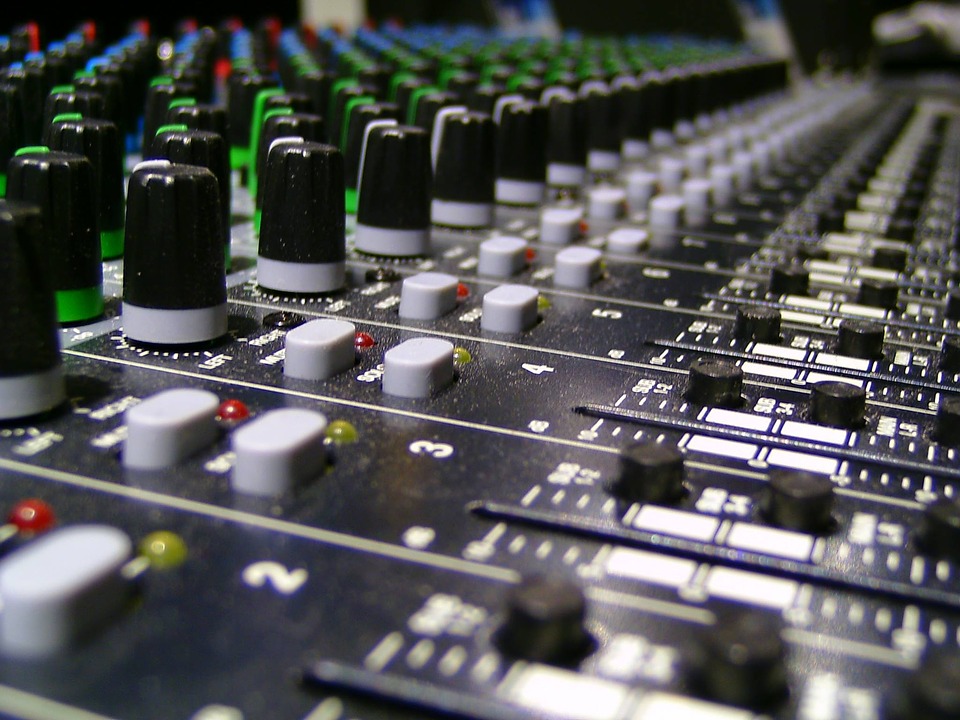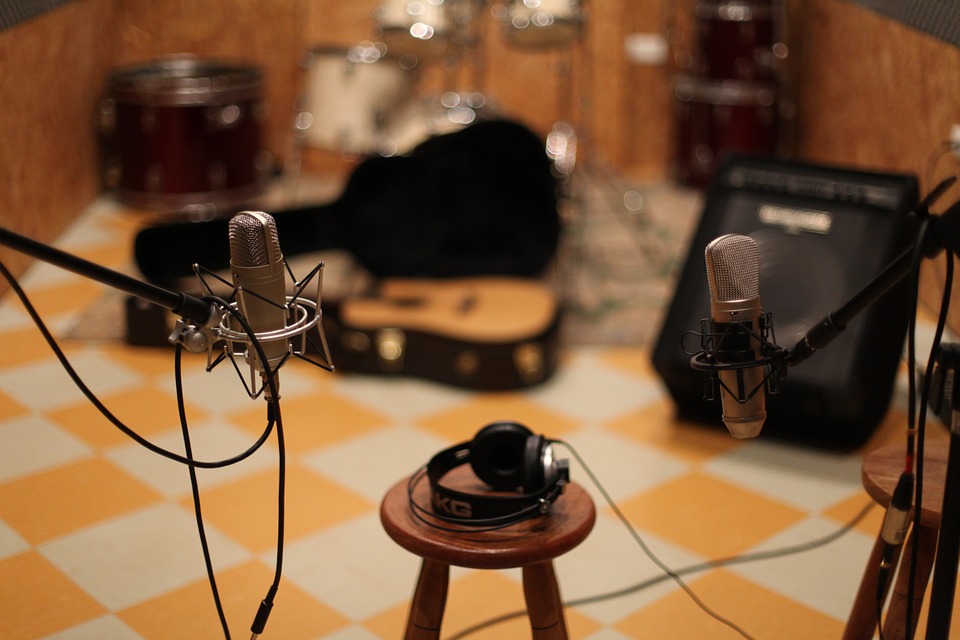
This “Essential Guide for Guitar Recording” by guest blogger Diego Cardini will show you how to make great recordings, the easy way.
Whether you have just learned a few licks or have been playing for years, many of us are interested in recording our guitars. Not only is it a great way to capture our song ideas, it is a method to hear how you sound so you can figure out where you need improvement or where you can try out something new. Nowadays, it is easier than ever to learn how to record guitar. Just follow these simple tips.
How to Connect Electric Guitar to PC
This is the easiest to record. You don’t need much more than am amp cable, a 1/4 inch to 1/8 inch converter, a PC and software. This is how you can do a direct line-in to your computer. There is a lot of great applications out there.
If you have a Mac, then Garageband is a great program particularly for beginners. For PC Users, check out Presonus or some of the other great options listed here. Just like recording in a studio, you will want to make sure the monitor is turned on so you can hear how you sound. Most of these applications also have built-in effects so you really play around with your sound.
Recording Acoustic Guitar with One Mic
To begin with, it helps if you have a good quality acoustic guitar that has a bright, clear sound. These days many acoustic guitars are well designed so all you need is a good amp and you should be able to record very easily.
However, it can be a little bit more difficult if you don’t have an output jack. In this case you are going to need a microphone. If you are a beginner, your computer microphone can do the job just fine, but those looking for a little higher audio fidelity are going to want to use a microphone. Similar to how you would connect an electric guitar to computer, do same with a microphone.
It is all about where you place the mic. You have a lot of different options so experiment to see what works best for you. It really depends on how much money and effort you want to spend. A standard mic placed a couple feet from your guitar can do an okay job, but if you want really good sound then you will want to invest in some tools specifically designed for acoustic recordings.
How to Connect Guitar Amp to Audio Interface
Most people like the way their guitar amps sounds. Even if you have great software, some of the computer effects just don’t produce the sounds we want. These days, most modern amps are more or less designed to be used alongside computers. Some even have USB outlets, while the majority at least have some form an audio-out feature.

Once you are starting to get a little more serious about recording, most people switch to an audio interface. These are small devices designed to improve the sound recording features of your computer. Think of them as audio boosters for your PC. They give you the ability to have multiple line-ins and control the levels at which they are sending their signals. This help you eliminate static, hum and record at much higher quality levels.
Guitar Pedals and Home Recording
Just as people prefer the sound of their own amplifiers, so too do they want to effects from their pedals. You have several options on how you use them. All of the above-mentioned methods of recording (aside from acoustic of course!) are suitable ways for you to use your pedal. For example, you can plug you guitar into your pedal or board and go straight into the computer.
This does an okay job, but if you want to get closer to how you actually sound playing live then you will want to go through amp through its output feature. Adding an audio interface will also help to regulate volume levels and ensure the clearest sound recording possible.
You can also skip the amp and work straight through your pedals and the interface. This is effective if you are looking for the cleanest sound that you can get.
It’s Just that easy!

The majority of musicians these days use their own setup to record at home. It is a great way to get some music up on the Internet as well as just refine your sound. There is a bit of a learning curve, but once you get used to it, it will be very easy and before you know it, you will be ready to move on to more complicated tasks such as mixing and producing songs.
– by Diego Cardini
About the author: Diego has a passion for music since he was 12 years old. Enjoying jamming and teaching, he runs The Musician Lab, a space to learn and get involved with music for musicians of all levels.
